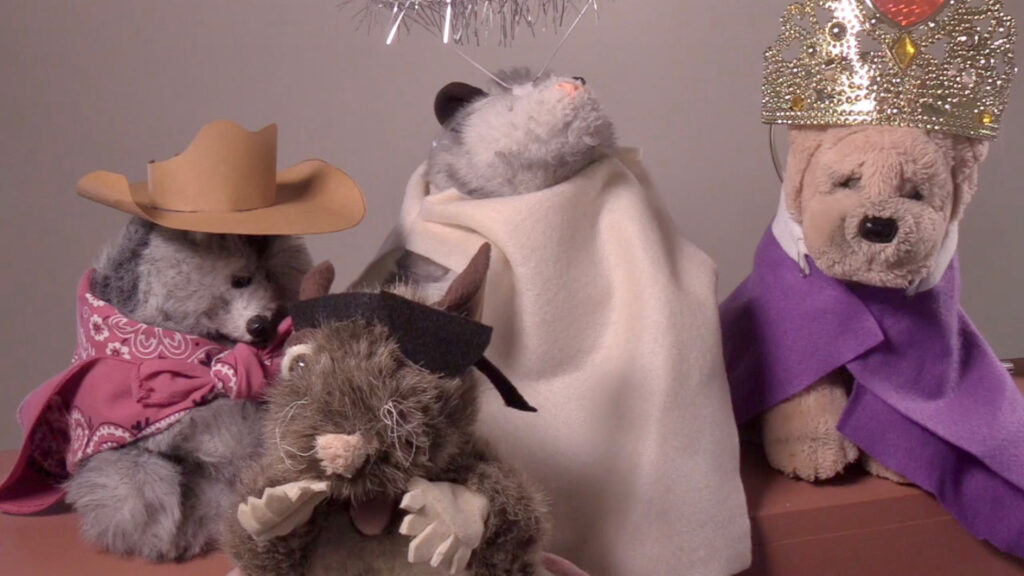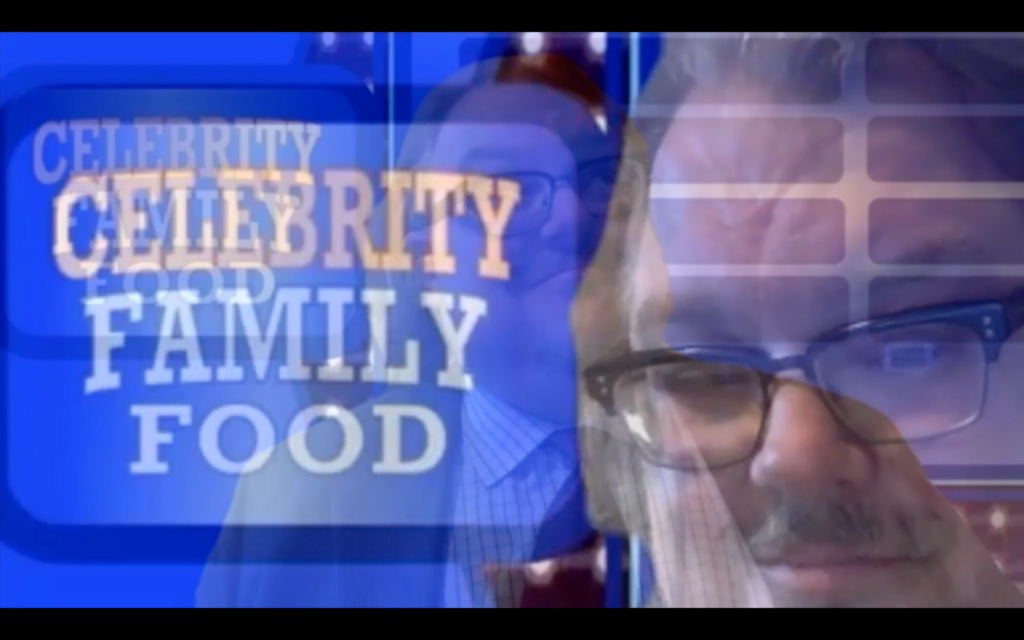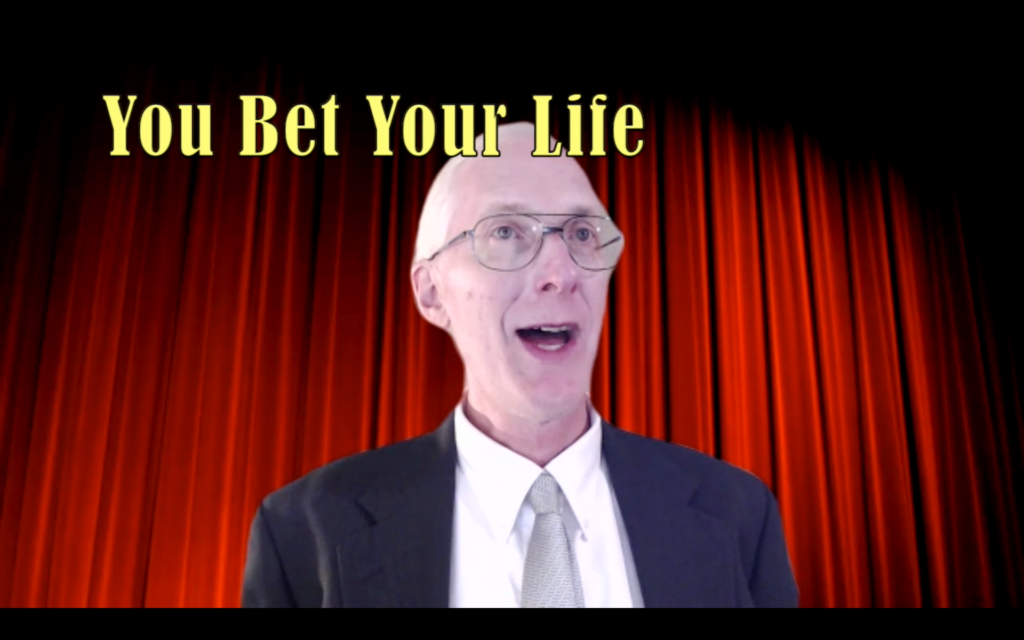Sometimes when I’m talking to someone who has just been through a major life disaster, they will say, “Well, ‘what doesn’t kill you makes you stronger,’ right?” They find it comforting to think that life will turn out all right in the end.
When I’m doing pastoral counseling, my job is mostly to listen, and maybe to help people find at least a little hope in their lives. If the phrase “What doesn’t kill you makes you stronger”gives them hope, then of course I agree with them.
But I can’t help thinking about all the people who have suffered through one of life’s disasters, and come out of the other end weaker, rather than stronger. And I think to myself: “What doesn’t kill you, doesn’t kill you.” That can still be an expression of hope, just maybe a little more true to more people’s actual experiences.
So I was pleased to read about Kate Bowler’s new book, No Cure for Being Human (and Other Truths I Needed To Hear). Bowler’s earlier book, Everything Happens for a Reason (and Other Lies I’ve Loved) gently showed up the mistakes of the Prosperity Gospel, that strange vaguely Christian theology which interprets any misfortune as some kind of personal failing that has invoked God’s disfavor.
Bowler’s new book continues in the same vein. Religion News Service says the book “is a broadside against a culture obsessed with the power of positive thinking.” Bowler is a professor at Duke University who has written academic studies of the Prosperity Gospel. And she survived stage 4 colon cancer while in her thirties, and “her health is fragile and will likely remain so.” So she is someone who can see just how damaging the prosperity gospel can be. And she’s out to provide a popular, friendly, optimistic alternative.
And boy, do we need an alternative to the Prosperity Gospel. Because it’s not just Christians who believe in the Prosperity Gospel. I have atheist friends who think this is the best of all possible worlds, that you can improve your life by making more money and “taking care of yourself,” that if anything goes wrong in your life it’s your own fault. I have Buddhist friends who believe that you wouldn’t suffer if you’d just meditate more, so if you feel bad it’s your own fault. And I have Pagan friends who are convinced that it’s negative thinking that causes life’s problems, meaning if you have any problems, it’s your own fault.
But of course it isn’t your fault. When bad things happen to you, more often than not it just means that bad things have happened to you. (Of course, if you do something foolish like storming the Capitol building and you find yourself in jail, then yes it actually is your fault.) I’m glad there are people like Kate Bowler who are willing to point out that the Prosperity Gospel in any form — Christian, atheist, Buddhist, Pagan — is wrong. There’s a better way: learn to live with life as it is, and instead of manufacturing fake hope, find real hope instead.




